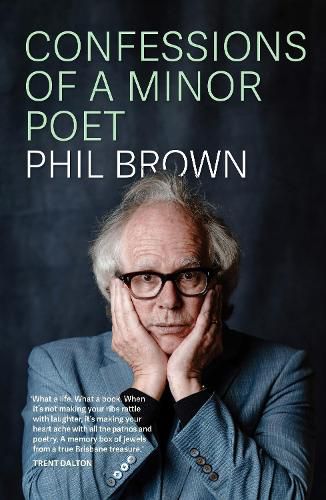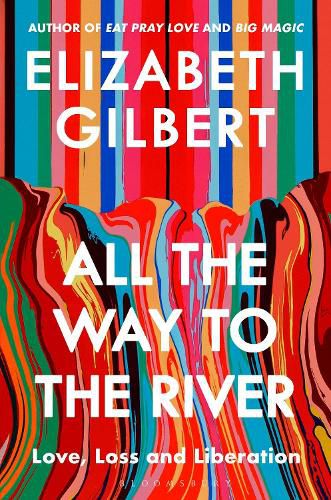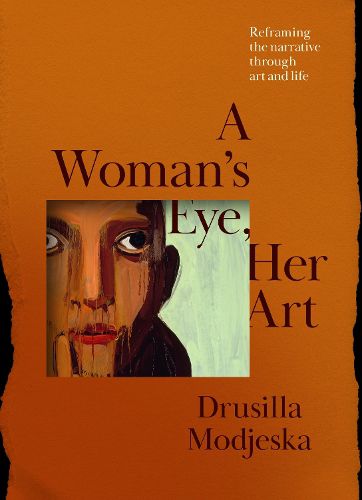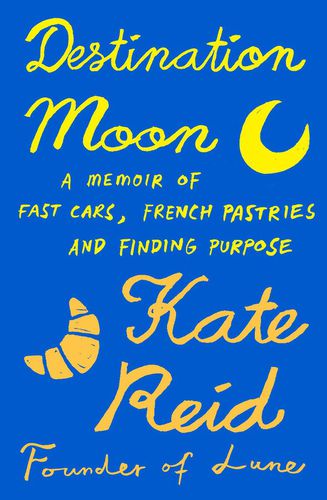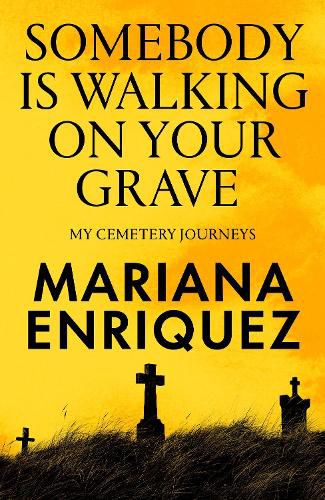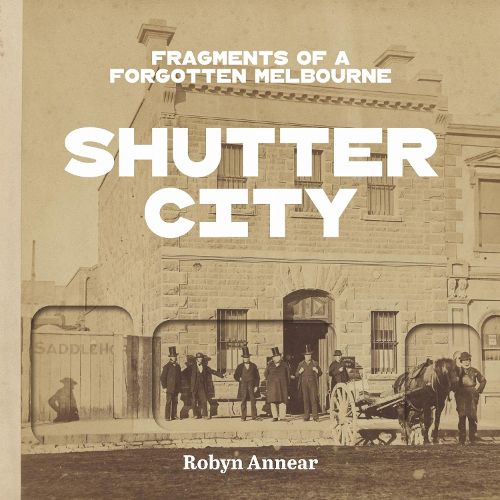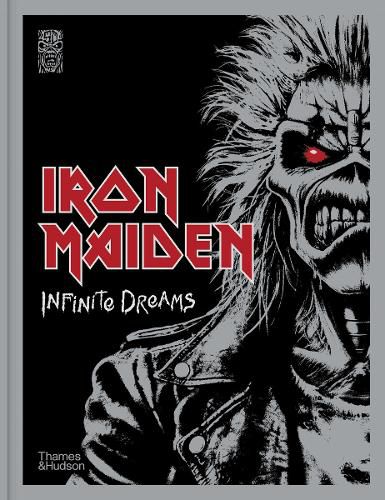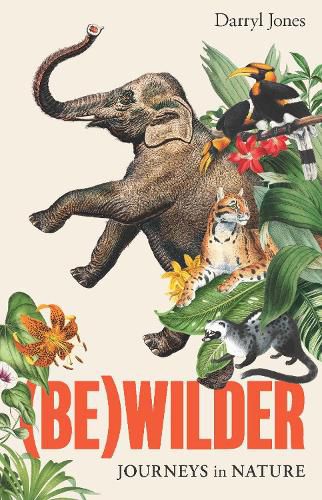Discover the new nonfiction books our booksellers are recommending this month!
Confessions of a Minor Poet
Phil Brown
For any writer who has felt disillusioned or displaced, it may be a comfort to find Phil Brown baring it all in Confessions of a Minor Poet. He shows that writing poetry and crafting stories is never a matter of overnight success; on the contrary, it is a practice sustained long into the evening, after you’ve clocked off.
Brown is a journalist, poet and author, with his influences ranging from the likes of Leonard Cohen to renowned Australian poets Les Murray and Bruce Dawe, who acted as both advisors and friends to Brown as he took on the Australian literary landscape from the 1970s onwards.
This memoir captures the nomadic, hard-pressed life of a writer and poet. Brown takes us from his childhood in Hong Kong to surfing the waves of the Gold Coast, from a hospital by the sea to scrawling poetry in country towns, and finally journeying into the world of journos.
While writing for a range of Australian publications throughout the years, The Morning Bulletin in Rockhampton to The Courier-Mail in Brisbane, poetry continued to gnaw at him, demanding his attention. Everything else was mere filler. Brown earnestly recalls the bleak, dreary days of rejections, but also his array of successes. Many of his short, poetic musings are featured throughout the book, gently placed to reflect the season in which they were written. As we follow along as Brown recounts his life and struggles, his yearning to write, observe and essentially find a spiritual equilibrium in his everyday is quietly inspiring.
There’s an overarching sentiment throughout this memoir of never knowing when inspiration may strike as a writer, when poetry will occur right in front of you, and a sense that it’s the writer’s job to respond accordingly. No matter the circumstances, externally or internally, Brown has never stopped writing. He charges on even amid the uncertainty, and perhaps that will be his largest legacy.
Reviewed by Ocean Trimboli.
All the Way to the River: Love, Loss and Liberation
Elizabeth Gilbert
Biographies and memoirs require balance – between honesty and respect, vulnerability and compassion, between the story of who a person is, and how they live. Elizabeth Gilbert’s fourth memoir balances love, hurt, grief and hope, in memory of – and reckoning with – her late partner, lover and friend Rayya Elias. In an overflowing fount of earnestness, empathy and optimism, Gilbert brings love and eye-watering honesty to this account of their relationship, framed, as it was in life, by their addictions, and Elias’s terminal diagnosis. Part biography, part memoir, Gilbert explores the highs, lows and heartbreaks of their lives together and beyond, and the perpetual process of finding and maintaining sobriety.
The title refers to Elias’s framework for friendship – a geographic concept of closeness, walking from superficial ‘Fifth Avenue’ acquaintanceships, through the lifelong loves of Alphabet City, and, finally, to the rawest intimacy: the one person who takes you all the way to the river. But, like the real East River, the journey of death and relapse can be hard to look at. Gilbert’s story is no tasteful picture of sun glinting off clear water – it’s a highly saturated close-up in sharp and unforgiving focus.
Whether or not you agree with Gilbert on faith, philosophy, love or addiction, this window into her internal processes and perspectives, her methods of healing and her great big hope, is a mesmerising peek into the classroom of her ‘Earth School’ – where she has learned her lessons. At no point does Gilbert command you to agree: but instead, she offers the opportunity to bear witness to her and Elias’s lives, love, loss and recovery. Taking the reader into her notebooks, her camera roll and her innermost thoughts, Gilbert does what she has always done – shake off the shackles of shame and stand, raw and unafraid, in her truth.
Reviewed by Tamuz Ellazam.
A Woman’s Eye, Her Art: Reframing the Narrative Through Art and Life
Drusilla Modjeska
I’ve known about Drusilla Modjeska’s new book from its beginnings. I travelled to Germany with the author while she did research, I read early drafts, I’m one of the dedicatees. I thought I knew this book, but reading the published version has been an entirely new and wonderful experience for me. There’s an intimacy to A Woman’s Eye, Her Art. Drusilla Modjeska takes the reader with her, on her journey of discovery, as she brings to life several of the long-neglected women artists of the first half of the 20th century.
The art of that time was defined in masculine terms and valued through a masculine gaze; indeed, creativity itself was considered to be the domain of men. We all know the names: Picasso, Man Ray, Breton, Rilke, Kandinsky. However, until recently, the women artists in A Woman’s Eye, Her Art, if they were mentioned at all, were as muses/appendages to their famous male partners. There’s Dora Maar (Picasso), Lee Miller (Man Ray), Clara Westhoff (Rilke), Gabriele Münter (Kandinsky), just to name a few of the artists in A Woman’s Eye, Her Art. Modjeska ‘reframe[s] the narrative through [the] art and life’ of these women and, in addition, by drawing on the work of contemporary artists like Julie Rrap and Chantal Joffe reveals their radicalism, significance and their enduring influence.
There’s a novelistic feel to A Woman’s Eye, Her Art as Modjeska takes us into the places where the women worked, to erotically charged summer holidays in the south of France, as she portrays the problems of being an artist/mother/wife. We see the horrors of Buchenwald and Dachau through the eyes and camera of Lee Miller, and marvel at the queerness – such queerness! – of Claude Cahun. And then there’s the sumptuous production itself: gorgeous paper, wide margins and an abundance of illustrations. In every respect, Drusilla Modjeska’s A Woman’s Eye, Her Art is a pleasure to read.
Reviewed by Andrea Goldsmith, a friend of Readings.
Destination Moon: A Memoir of Fast Cars, French Pastries and Finding Purpose
Kate Reid
When you are eating a Lune croissant, it feels like everything you’ve ever wanted is somehow contained in a single mouthful. Destination Moon has this same effect: it is one package of kindness, hopefulness, creativity, and open-hearted revelations. I love Lune croissants and have lined up for close to an hour to purchase those flaky, buttery pastries. The question I must ask myself is: has my love of Reid’s cooking marred my judgement of her memoir, Destination Moon? I do not think so, but yes, you should read it while eating one of the delicious concoctions from Lune.
This memoir holds all of Kate Reid’s disappointments and joys. It is the story of growing up in Melbourne and wanting to fly to the moon. It is about studying hard and then working in an all-male environment and achieving enormous success working with Formula One engines. Reid shares stories of being in love, being ill with depression and anorexia, being heartbroken and lost, and then finding her way to baking. I particularly enjoyed the moments she shared with her father: watching car racing, travelling to far-flung places, and returning home to the tremendous support of her parents.
This is a skilfully crafted Melbourne story about a courageous, intelligent, and ambitious woman finding her feet. There is humour and pathos in her stories, and there is also a generosity to her storytelling and, most liberating of all, there is acceptance. It turns out Kate Reid can do anything she wants beautifully! We could all do with a Kate Reid in our lives. Fortunately, reading Destination Moon alongside a Lune croissant makes you feel you do have Reid in your life. This is an inspirational and delightful read.
Reviewed by Chris Gordon.
Somebody Is Walking on Your Grave: My Cemetery Journeys
Mariana Enriquez, translated by Megan McDowell
Here’s a strange question: have you ever visited a graveyard for pleasure? Mariana Enriquez has – she’s done so all over the world. From Genoa to Buenos Aires, from mass graves in Western Australia to the artfully arranged bones of the Paris catacombs, she has ventured into the halls of the dead and emerged with countless stories. Some of those stories are written on the gravestones – fascinating lives commemorated with grand monuments. Other stories are harder to find, tragedies of colonialism or political violence hidden beneath the surface. Others still are the stories Enriquez has brought with her, bands she has followed to the ends of the earth or fond memories of old friends. Each of these stories says something about death; each is endlessly fascinating.
I’ve made no secret of my excitement for this book – even becoming an avid cemetery tourist myself in anticipation – and I’m glad to report that it more than lived up to my expectations. Enriquez effortlessly combines personal memoir, travel writing and history with a healthy dose of gothic atmosphere, and by approaching each place she visits with the same eye for the macabre that animates her fiction, she inevitably captures what makes cemeteries such powerful places. They are often peaceful, usually beautiful, and always a little creepy — with no shortage of hauntings in this book. Above all, though, they are human places that lay bare the one thing we are all guaranteed to experience. It is this persistent confrontation with mortality, together with Mariana Enriquez’s magnetic personality, that allows this book to range so widely across tone and geography without ever feeling scattered. Yet Enriquez never seems anxious to convince you of this profundity – instead she lets each graveyard speak for itself, sharing the experiences that touched her and quietly inviting you to seek out your own among the dead.
Reviewed by Joe Murray.
Defiance: Stories from Nature and Its Defenders
Bob Brown
This is a delightful collection of stories from Bob Brown’s 50 years at the front line of the environmental movement. Filled with his trademark passion, warmth and humour, he combats some of the common reasons that people don’t join protests or get actively involved in politics and provides inspiration to take a stand for nature.
From chapters about his first campaign saving the Franklin River, when all appeared lost, to defying bad laws, and imparting the awareness that the actions of only 3.5% of the population are all it takes to change a bad government policy, there are numerous practical and useful tips for the budding activist.
Well-known protests, such as those against Adani and the fight to save native forests from logging, stand next to more personal anecdotes about his mother and father, lesser-known rebels including Eric Herbert and Rob Lord, as well as famous Australians such as high court judge Lionel Murphy and artist Emily Kam Kngwarray. These are stories of standing up to unbridled ego, abuses of power and the overreach of corporate capitalism, as well as a heartfelt love of the natural environment.
Always a passionate storyteller, Brown has given us an inspiring book of anecdotes that are perfect to dip into or read in one session. His level-headed, rational arguments are very convincing and will not only be enjoyed by hardcore environmentalists, but those with general concerns about overpopulation, government overreach and environmental destruction alike. Defiance is highly accessible and filled with wonderful advice on acts of protest and optimism small and large, from an environmentalist who has been on the front lines and in our parliament for well over 50 years and has learnt a few things about how to change the world in the process. What a treasure trove!
Reviewed by Angela Crocombe.
Also recommended are:
Shutter City: Fragments of a Forgotten Melbourne
Robyn Annear
Shutter City presents city street views spanning the hurly-burly decades of the 1850s to 1870s, between the gold rushes and Marvellous Melbourne. Robyn Annear peers into every shadowy corner to reveal postcard streetscapes as miraculous time-capsules, packed with hidden-in-plain-sight historical detail. Her discoveries – she calls them ‘sparks’ – illuminate and decode each of Shutter City’s street views. Among the sightings: barbers’ poles, drinking fountains, the three gilded balls of a pawnbroker’s sign, gleaming white cups at a coffee stall, street-vendors’ carts, neighbourhood dogs (and a cat), assorted ghosts, and ladders – lots of ladders.
Let Shutter City be your time-machine and Robyn Annear your guide: her lively and insightful commentary weaves the street views and their ‘sparks’ into a vivid narrative of a near-forgotten Melbourne and the photographers who captured it.
Iron Maiden: Infinite Dreams
Steve Harris, Bruce Dickinson & Iron Maiden
Iron Maiden is an institution. Hailed as pioneers of a new wave of British heavy metal in the 80s, the band has come to embody a spirit of fearless creative independence and ferocious dedication to their fans that has won them a huge following around the world and across the generations.
Iron Maiden: Infinite Dreams traces the creative evolution of heavy metal's most influential and enthralling band, from 1975 to 2025. Presenting iconic album and single artworks, photographs of the band's instruments past and present, stage props, hand-written lyrics and artefacts from the archive and the band's personal collections, as well as landmark photographs by Ross Halfin and John McMurtrie, Iron Maiden: Infinite Dreams is rife with revelatory stories and intriguing insights from pivotal band members and management.
Purchase a copy of Iron Maiden: Infinite Dreams for your chance to win one of two epic prize packs including a card signed by the members of Iron Maiden!
See here for details on how to enter and for full T&Cs.
(Be)wilder: Journeys in Nature
Darryl Jones
In (Be)wilder, acclaimed urban ecologist Darryl Jones explores how people around the world interact with wildlife. He spends time with bearded pigs in Borneo, rock ptarmigans in the Arctic, birdwatchers in Iowa and conservationist farmers in Australia's Snowy Mountains.
Along the way, Jones asks some big questions. Is it possible for farming and conservation to work together? How can urban landscapes be redesigned to enhance biodiversity? What happens when a local community turns centuries of traditional land use over to wildlife? And can birdwatching help save the planet?
📚 Discover more new nonfiction books here.


